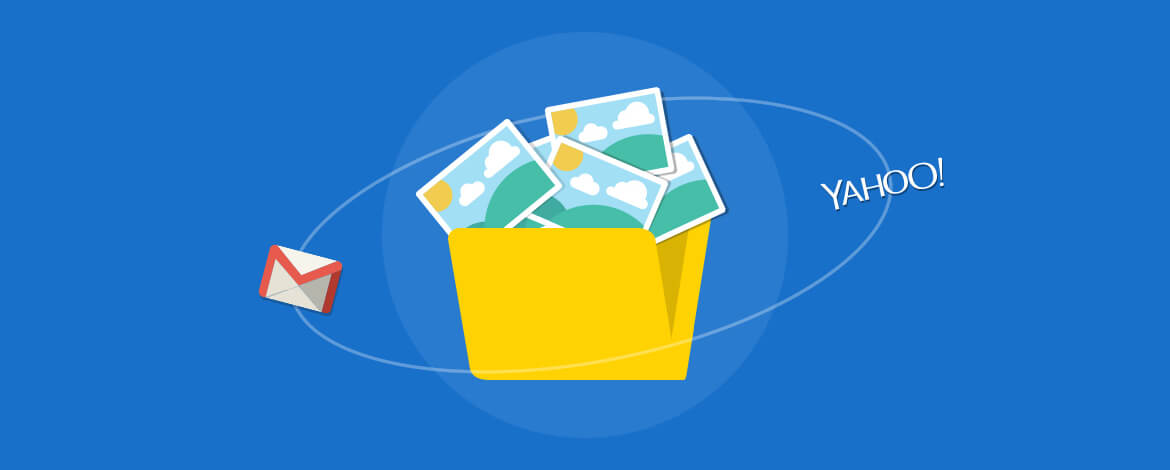Recently Yahoo! Mail announced that they have changed how they handle embedded images in emails. Similar to the bold move by Gmail in 2013 to adopt image caching, Yahoo! will now cache all the images and display them from their own proxy servers. Webmails like Gmail and Yahoo! implemented this to greatly improve email load speed and reliability, but it throws a monkey wrench into the works for email marketing.
What do email marketers tend to lose owing to image caching
Metrics are crucial for improving email campaigns. Email marketers have been using tracking codes for evaluating different email metrics such as:
- Email opens
- Click rates
- Email open location
- Time of email open
- Email client used
- Many more metrics
This is how the tracking codes work. When your subscriber opens an email and enables images, a request to download all the linked images is sent to the server and a tracking pixel is downloaded along with rest of the images. The request sent to the server is called HTML referrer and it is the code after the URL that contains information about your subscriber such as device id, IP address and email client used. The following link is an example of an HTTP referrer:
https://mail.google.com/mail/u/0/#label/Emailweb?ob=DCL3iD%2BxNZI2wvFQx3lrn N9kGrNUNZ9uKGBEynAISx%2BxdStqIh1yBY6jp%2Bhs90B32a2L5DfHt8le6V0wZ%2FDGbg2LNCVPh ZVTGh16aBvmJW06muNEXsoCtNPO7wPcPXZXunrpZ%2FcRM%2FWnUocLR4lAlQ%3D%3D&h=e8266794 f56fe75bf4d6e49f5589284d0af5c336-15162076905
When an email is sent to a Gmail address, owing to image caching, the tracking pixel is downloaded in the server and then catered to the subscriber when the email is opened. So, the HTTP referrer link will point towards the Google server instead of the actual subscriber. The metrics received by an email marketer will thus be skewed.
An email marketer stands to lose the following information:
- Approximate location of the subscriber. The location sent will point towards the Google server. So, location-based dynamic content and personalization will fail terribly.
- Email client identification. Email marketers won’t be able to distinguish between an email opened in mobile app and that opened in the web interface.
How can image caching help email marketing
All is not lost owing to image caching. Even though some vital information from the tracking pixel is lost, you can still record unique open rate and time of open by adding a unique query string which will force the image to be re-fetched.
Secondly, since Gmail is caching the images, your concern about the message in your images being missed by your subscribers owing to images disabled is reduced considerably.
Additionally, image caching is only possible if a subscriber is using a gmail.com id or yahoo.com id in Gmail or Yahoo! mobile app or if they login to their webmail. An email address configured in a Native mobile app like Apple mail, iOS mail and Samsung mail won’t be affected by image caching. In fact, if your subscribers have configured their Yahoo id in Gmail or vice versa, even then image caching will not affect. However, this is the only silver lining to the ghastly dark cloud.
You can read more about the downfalls of using a non-Gmail id in Gmail app.
Moreover, by focusing on improving email clicks by catering relevant content to your subscribers, worrying about open rates can be avoided totally.
Wrapping Up
Change is the only constant in this world. A/B test your emails and understand how well the headlines, visual content, and CTAs in your emails are performing and make changes accordingly to avoid getting shocked by such news. Is the email open rate vital for you or not? How will the announcement from Yahoo! affect your email marketing game overall? Share your views in the comments below to start the conversation.






Kevin George
Latest posts by Kevin George (see all)
20 Pro Email Design Tips for Every Email Designer to Follow
Dynamic Content in Email Marketing – Top Industry Experts Speak [Roundup]